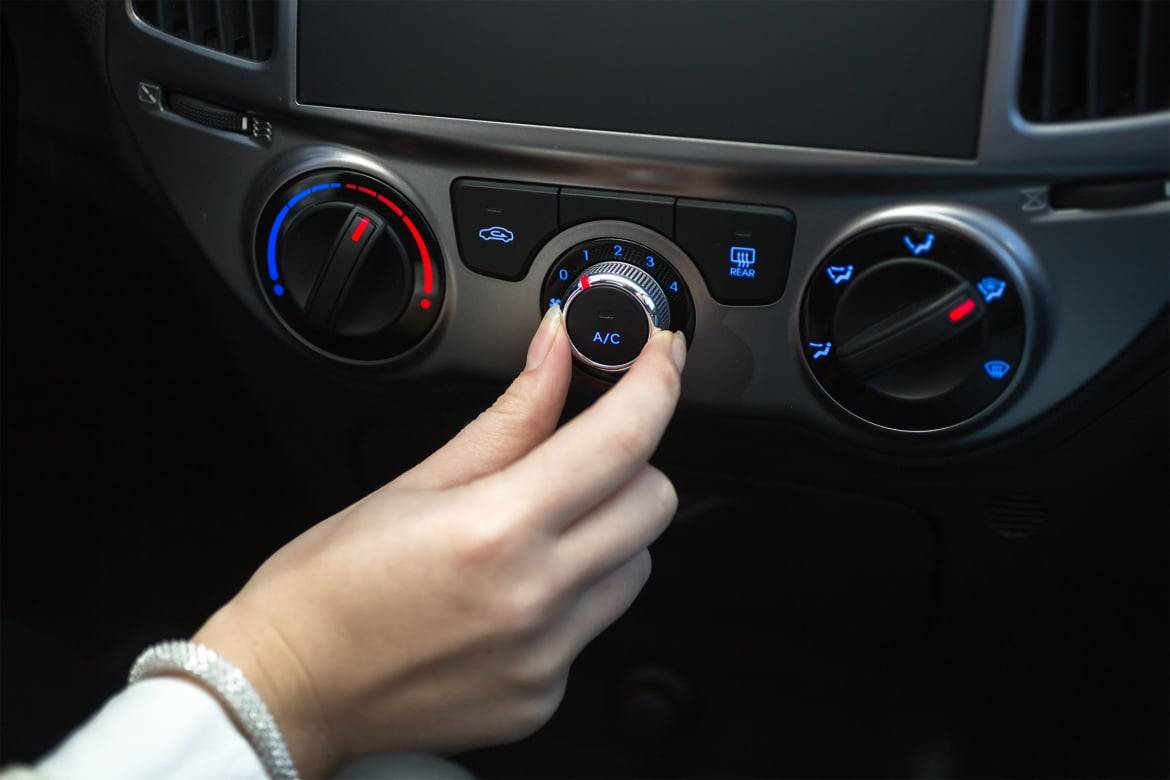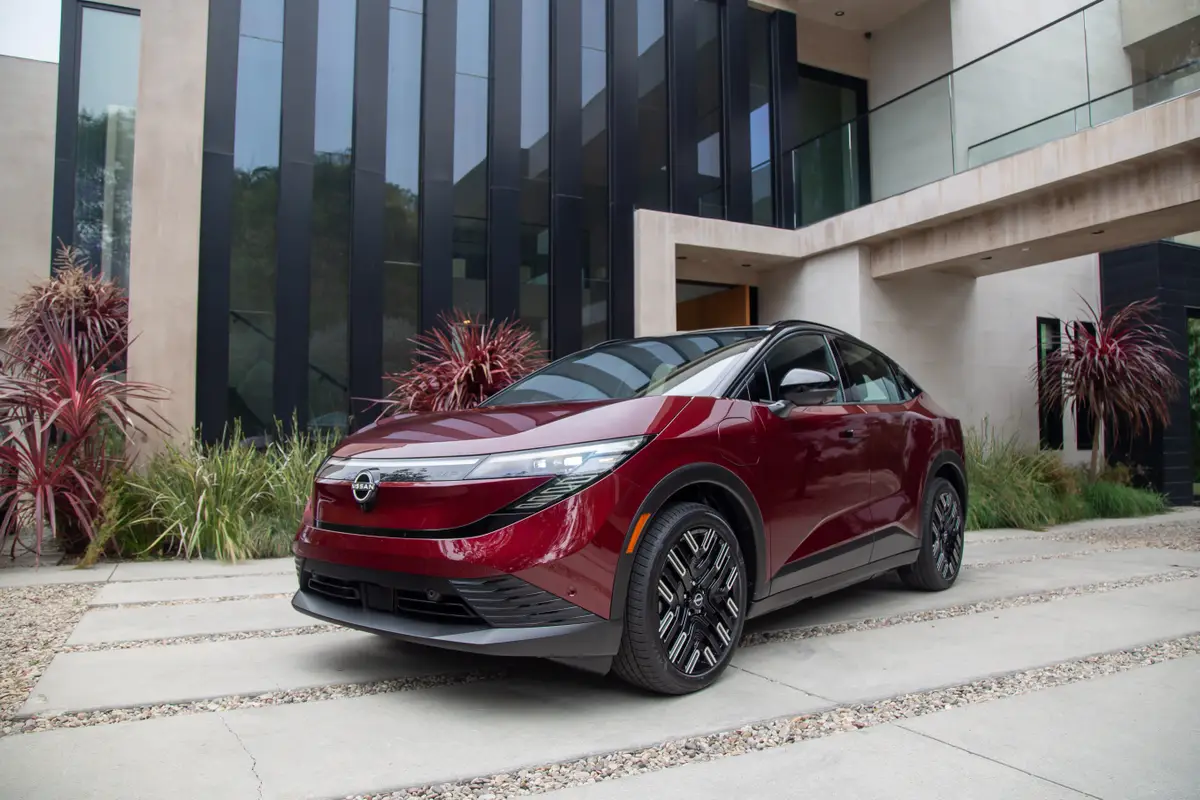Air Conditioning: What You Need to Know


When your air conditioner blows only mildly cool air or no cool air at all, it’s probably low on refrigerant. That means it’s probably time for an air-conditioning recharge, but there’s more to it than just filling up. Because the refrigerant operates in a closed system, the most likely cause for low levels is a leak in the air-conditioning system. Most repair shops have a qualified technician inspect the system for obvious leaks in hoses, pipes or the air-conditioning compressor, and make repairs as necessary.
After inspecting the system, the technician extracts the remaining refrigerant into recycling equipment that removes any impurities, recharges the system by injecting the “clean” refrigerant back into the system, and top it off with fresh refrigerant as needed. EPA regulations forbid releasing refrigerant into the atmosphere, and specialized equipment is required to extract it. The technician then tests the system and runs an electronic leak test.
Can you save money by topping off the system with refrigerant? Possibly. Could you do it yourself? Yes, kits are available from automotive stores. But there are major issues with that approach.
There’s no way of knowing how much refrigerant is left in the system, so even a qualified technician would have to guess as to how much refrigerant to add. Systems vary, but each one holds a specific amount of refrigerant. The only way to know that an air conditioner is full is to evacuate the system and fill it with the specified amount.
Topping off the refrigerant doesn’t fix leaks or whatever other issue caused the system to run low, so it’s only a temporary fix at best. The air conditioner might work for a while, but most systems are designed to shut down once the refrigerant falls to a certain level. Eventually it will just blow warm air.
Small leaks such as pinholes in hoses can be hard to find, so you might find yourself back at the shop even after a complete evacuation and recharge. The air conditioner might stop working, and when you return to the shop the technician might have to inject dye into the system and trace it with a black light for leaks. Sometimes the leaks occur in hidden locations such as the evaporator, which is behind the dashboard.
How do I know if my air conditioner is bad?
Easy: If your air conditioner is blowing warm air instead of cold, or the system makes unusual noises when it’s engaged, something is amiss.
How often should I recharge my air conditioner?
You should recharge only if you or your mechanic finds a leak. As long as your air conditioner is blowing cold air, there’s no need to recharge or “top off” the system with refrigerant. Since refrigerant circulates in a closed system, it isn’t burned up like gasoline.
Why do I have to check my air conditioning?
Air conditioners should be checked because problems won’t fix themselves. Refrigerant could be leaking, the compressor could be failing or the condenser, evaporator or another component might be corroded. Adding refrigerant may provide a temporary fix. Eventually the air conditioning won’t work. A mechanic should inspect the entire system and fix the cause. A nonfunctioning air conditioner isn’t only about comfort; the air conditioner also dehumidifies the air to defrost and defog the windows so you can see where you’re going, even if it’s cold outside.
How much should I pay?
The cost of repairs can depend on where you are as much as it does on what you need fixed. To get an estimate for your repair, go to our estimator, plug in your car’s year, make and model information, add your ZIP code, and choose the repair you need. We’ll give you a range for what your repairs should cost in your area.

Contributor Rick Popely has covered the auto industry for decades and hosts a weekly online radio show on TalkZone.com.
Featured stories




